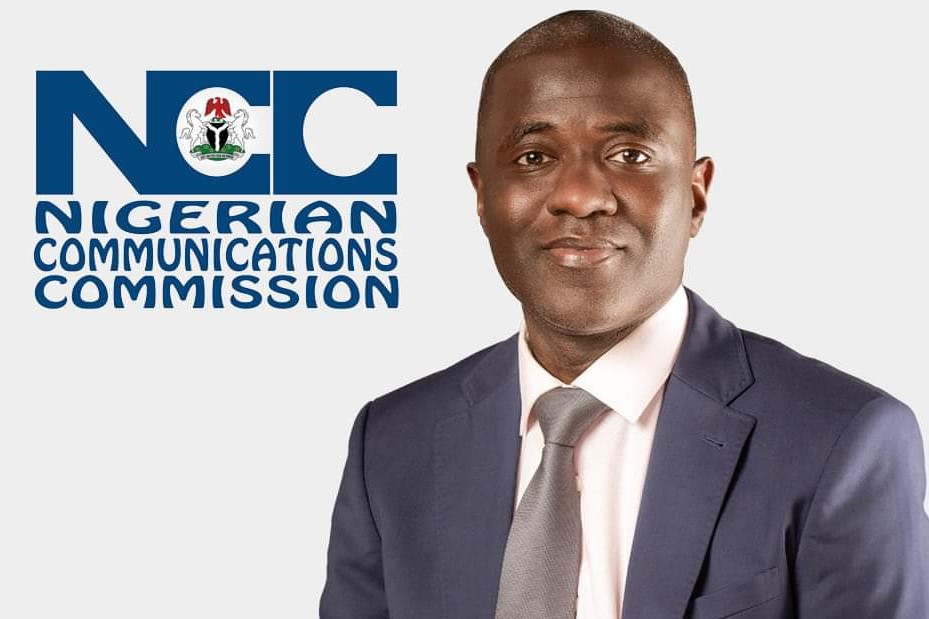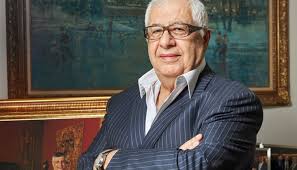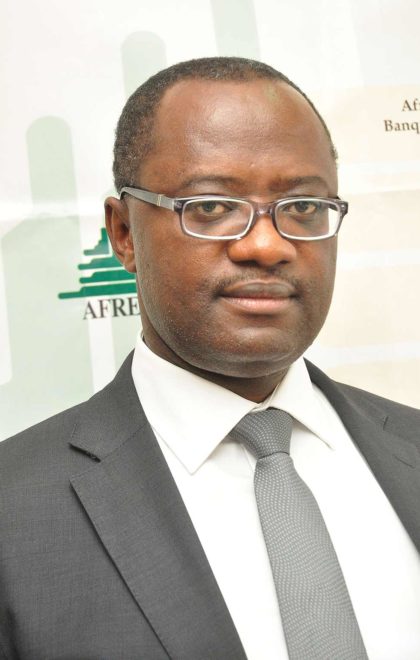Dr. Godwin Ehigiamusoe’s commitment to the improvement of the lives of those at the bottom of the pyramid is total. He relates this to his ideological conviction and belief that the democratisation of empowerment services ultimately leads to a better nation. He studied Sociology in the University, earned a Masters degree in Sociology of Development, and capped it with a Doctorate in Policy and Development Studies, with emphases on micro-finance policy and regulatory framework. Ehigiamusoe is the Managing Director of LAPO, the largest micro-finance institution in sub-Saharan African. A devout Christian, he is married to a beautiful wife and blessed with 5 children. He tells the story of LAPO and shares with us his philosophy of life, which is founded on the belief that success is laid on a tripod of self discipline, honesty and diligence.
HOW LAPO STARTED
Many years ago, I founded LAPO which has grown to become a notable institution birthing other subsidiaries actively involved in micro-leasing, insurance and promotion of health. This is because a significant area of interest for me is assisting people at the bottom end of the society to improve their lives; enhance their income-generating capability and ensure that the standard of living of the members of their household is improved
LIFT ABOVE POVERTY ORGANISATION
LAPO stands for Lift Above Poverty Organisation. When I started it, the name itself was like a mission statement. It clearly indicates what we do, which is basically acting in any form of assisting people in breaking out of the poverty cycle. We have always been using certain interventions… with access to finance being a major intervention to achieve that objective. We do also have massive health awareness programmes, particularly around maternal health issues. We have also been very involved in acting in a manner to empower our people, especially women, socially.
THE DESIRE TO LIFT PEOPLE OUT OF POVERTY
I think it’s a combination of my ideological orientation and what was happening in our environment at the time the organisation was set up. My days in the university were shared between my academic work and organising symposia and workshops on how the condition of low-income people, the masses, can be improved upon. When I left the university, it was very clear where I wanted to be engaged. And I got engaged in a co- operative movement which basically ought to be a movement for low-income people globally because a co-operative society is defined as an economic association of persons with limited means who pool their resources together. That was the beginning of my involvement with working with people at the bottom end of the society. The second factor was environmental. If you realise that in the 1980s, we almost found ourselves where we are right now. In 1982, there was oil glut and that resulted in a declining revenue for the government. Eventually, in 1986, the then Federal Government adopted what was called the Structural Adjustment Programme. (SAP). The components of SAP were – devaluation of the national currency, the Naira, gradual removal of subsidy, rationalisation of workers, especially in the public sector. The cumulative effect of these policies actually led to the rise in poverty. So that was the setting in the late 1980s when the idea of LAPO was conceived.
OBJECTIVES FOR SETTING UP LAPO
It was set up to reflect my ideological orientation and the prevailing economic condition. The broad goal of LAPO was actually indicated clearly in its name, that is, help or walk with, lift them up, out of poverty. So, poverty alleviation was the central goal and indeed has been the central goal of LAPO
RAISING CAPITAL FOR THE PROJECT
That was quite interesting. The first thing I need to say is that, probably I never envisaged that LAPO is going to be what it is today, in terms of size, but I was very clear that it was going to be a sustainable institution that would continue to assist people. So, at the beginning, I started with Three Hundred Naira which I gave to two women and a very young lady who had not completed her secondary school then. On every traditional market day in Ogwashi-Uku in Delta State, where the whole idea started, I would then go around and make collection. So basically, LAPO started in a very modest manner, with just three hundred Naira as startup fund.
But eventually when the programme started growing, specifically, three or four years later, the Ford Foundation provided the first grant. That was in July, 1991. And so that was the humble beginning of what we call LAPO today.
NOT FOR – PROFIT
Basically, LAPO is a non- profit organisation. What happened was that as our programmes and operations expanded… there were also dynamics in the economy, particularly in the regulatory space. When the micro-finance policy and regulatory framework emerged, there was the need to set up a micro- finance bank which is a for- profit entity. LAPO, at the background, is a non-profit organisation, but because of the requirements of law and regulatory framework, a for- profit entity was set up in July 2010. But it is important to recognise that for over 20 years before then, LAPO had been operating as a non-profit organisation with a very huge, successful micro-finance operations.
What therefore happened in 2010 was the transfer of the core LAPO micro-finance operations to a new institutional vessel called LAPO Micro-finance Bank.
LAPO was doing really well, even before then. In 2005, the total disbursement for the year was One billion Naira, which was a huge amount, as at 2005. In 2006, that moved to N2.4 billion. In 2007, it moved N4.8 billion in 2008. In 2009, that moved to N9 billion. In 2010, it moved to N13.2 billion. Even before then, we had progressively had an increase in our operations.
SUSTAINABILITY
Indeed, the core issue about lending is that of sustainability which is good for everybody. It’s good for the borrower because they have an institution which they can always go to, which does not wither off as many did. Our recovery rate has always been very good. When we were using repayment rate, it used to be 98-99%.
When we talk today, we talk about something like 40% non-performing loan ratio, even as a non-profit organisation, we realised we needed to do three things – One, to ensure that we are able to record high repayment performance. Number two, which is related, ensure that we are sustainable, that is at the end of every financial year cycle, we should be able to make surpluses that enable us to, not only to expand, but also to invest in the training of our staff and clients. Thirdly is that we have always been committed to good governance practices.





